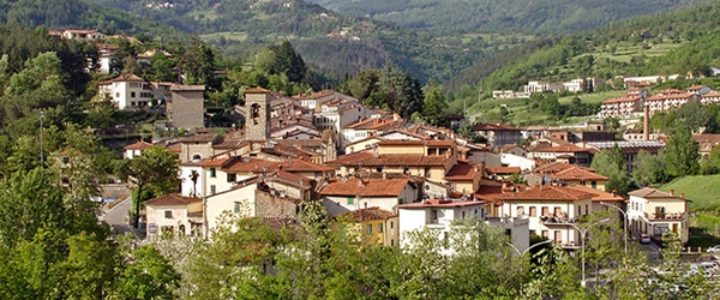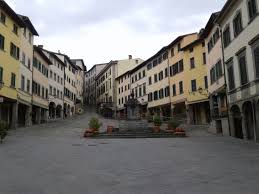
Just at the confluence of the Arno and its first tributary on the left, the Staggia torrent, arose the first nucleus of what would become in the future the town of Stia, most likely in correspondence with the rocky relief that dominates the union of the two streams of water, today occupied by the historic center of the village, Piazza Tanucci and Borgo Vecchio. Absent are the archaeological documentation, if we exclude some limited occasional discoveries of ancient pottery, that testify the actual aspect that the primitive Stia should have, also because, as in the case of most of the inhabited Casentinesi, the reuse over time and seamlessly of the same settlement sites has almost completely obliterated the presence of any ancient evidence.
Indirect aid in this sense is provided by the surrounding territory: Many investigations conducted in recent decades by the Superintendence for the Archaeological Heritage of Tuscany and the Archaeological Group Casentinese have in fact revealed how widespread was the frequenting of the territory are since the Etruscan era. The most interesting archaeological evidence in this regard are the Etruscan votive stipe of the Lake of Idols on Mount Falterona, the Etruscan-Roman settlements of Serelli, Moiano, Monte di Gianni and the late ancient ones (III-VI century AD) placed on the heights upstream of Porciano.
Indirect aid in this sense is provided by the surrounding territory: Many investigations conducted in recent decades by the Superintendence for the Archaeological Heritage of Tuscany and the Archaeological Group Casentinese have in fact revealed how widespread was the frequenting of the territory are since the Etruscan era. The most interesting archaeological evidence in this regard are the Etruscan votive stipe of the Lake of Idols on Mount Falterona, the Etruscan-Roman settlements of Serelli, Moiano, Monte di Gianni and the late ancient ones (III-VI century AD) placed on the heights upstream of Porciano.
The town, which in 1840 had 2,901 inhabitants, had a great development thanks to the processing of wool that led Stia to be an important production center: it is here, in fact, that was born the famous Panno Casentino, produced and marketed even today by two local companies. In the early 1900’s there were almost 500 workers employed in the Lanificio of Stia. The country, grown to the sound of the siren of the factory, has gone through various periods of development and has certainly been affected by the closure of the large wool factory in the mid-twentieth century.


